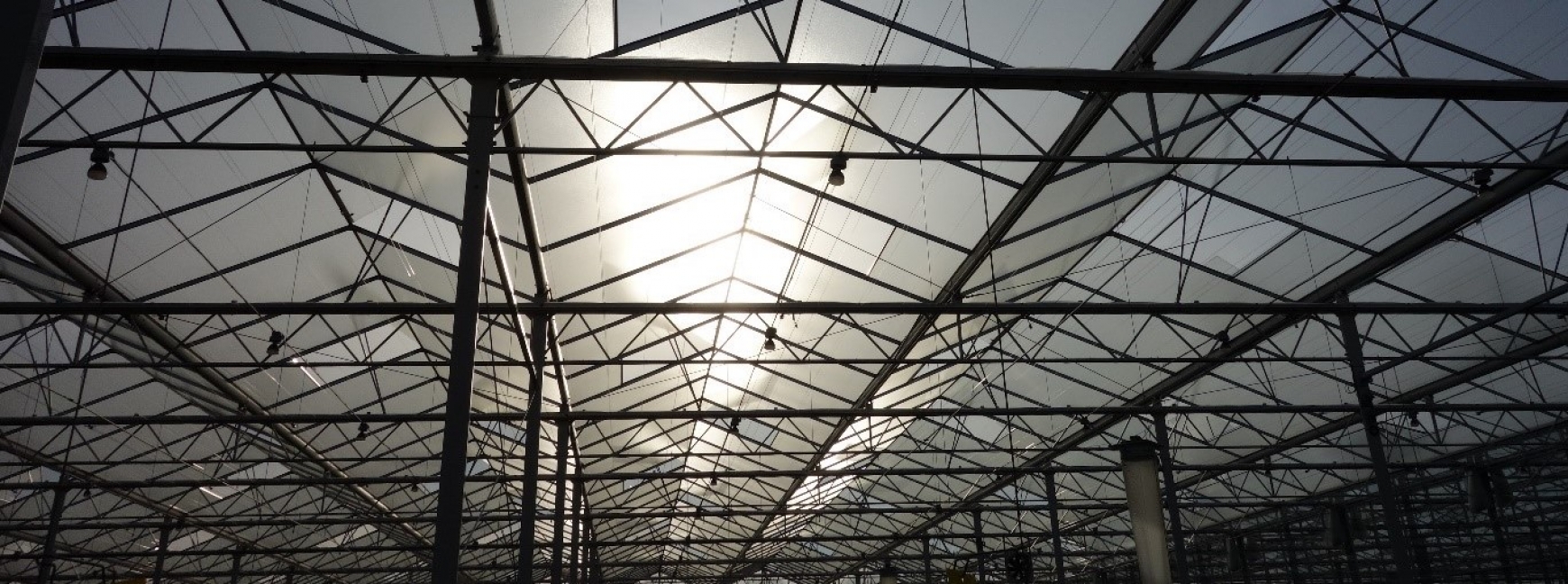You may be familiar with the research – a 1% increase in light can lead to a 1% increase in production – but do you know how to realise the maximum benefit? Even the best glasshouses only transmit somewhere in the region of 60% of sunlight to the crop inside, with many achieving far less. So, what can be done?
There are a number of ‘technological’ options out there, such as certain types of glass that transmit more light than conventional panes, or create a haze when wet. Then there are the coatings; hydrophilic is what you want, causing moisture to form a thin layer on the glass, rather than hydrophobic which repels water to form large droplets. Together, the right glass plus coating might return an 8-10% increase in light transmission – not to be sniffed at, but it comes at a financial cost.
For those with screens, make sure they retract fully when open. Modern thermal screens can transmit up to 90% of the incoming light, but expect losses of 2-3% per year through contamination and general wear and tear if you don’t keep them clean.
Similarly, it is worth cleaning the glass itself before the growing season starts. This is probably the single biggest factor affecting light transmission, with gains of up to 10% possible. Rain might do a reasonable job of washing off loose dirt, but a professional clean will almost certainly be beneficial. Just don’t forget to do the inside too!
GrowSave, a project we deliver on behalf of the AHDB Horticulture, has recently published a new Technical Update that looks into the different ways you can improve light transmission in your glasshouse.


